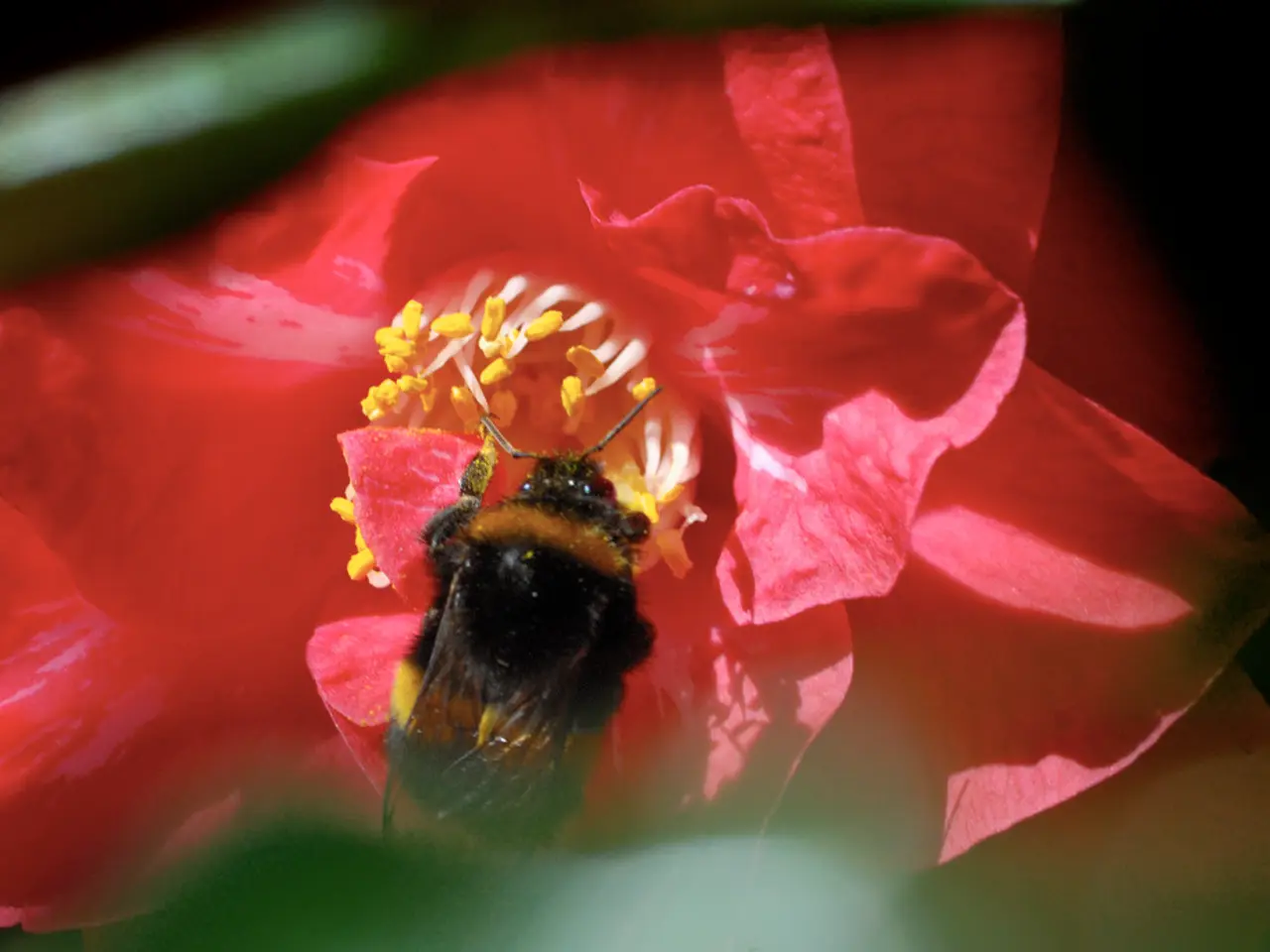Common Challenges with Orchid Leaves: Recognize and Address Common Maladies and Treat Common Problems
Orchids, with their striking beauty, are a popular choice for many plant enthusiasts. However, maintaining their health can sometimes be a challenge, especially when it comes to orchid leaf problems. In this article, we'll explore common issues that can affect orchid leaves and provide practical solutions to help keep your orchids thriving.
## Common Orchid Leaf Problems and Treatments
### **1. Yellowing Leaves** - Causes: Natural aging, overwatering, nutrient deficiencies, or root rot. - Treatments: Adjust watering schedule, improve air circulation, consider repotting if necessary, and ensure sufficient light and nutrients.
### **2. Brown Leaves or Spots** - Causes: Bacterial or fungal infections, insufficient air circulation, and overwatering. - Treatments: Improve air circulation, water carefully, and use fungicides or bactericides if necessary. Avoid watering in the evening to prevent condensation.
### **3. Wrinkled or Shrivelled Leaves** - Causes: Lack of water, too dry a substrate. - Treatments: Ensure consistent moisture levels without overwatering. Adjust watering schedule and check potting mix humidity.
### **4. Droopy Leaves** - Causes: Underwatering, poor substrate, or high humidity. - Treatments: Adjust watering, improve air circulation, and ensure the substrate is not too wet or dry.
### **5. Curling Leaves** - Causes: Temperature fluctuations, insufficient light, or pests. - Treatments: Adjust temperature and light conditions, and inspect for pests.
### **6. Falling Off Leaves** - Causes: Natural shedding, underwatering, or pests/diseases. - Treatments: Adjust watering, inspect for pests, and ensure proper air circulation.
### **7. Sunburned Leaves** - Causes: Prolonged direct sunlight. - Treatments: Move the orchid to indirect sunlight, possibly to an east-facing window. Use shade cloths if necessary.
### **8. Sticky Leaves** - Causes: Pest infestation, such as mealybugs or aphids. - Treatments: Inspect closely for pests, then use insecticidal soap or neem oil to treat infestations.
## Additional Tips - **Bacterial Diseases:** Use cinnamon for its antibacterial properties, and avoid using chemicals as orchids are sensitive to them. - **Viral Diseases:** These are difficult to treat; removing affected leaves and isolating the plant are the best options. - **Regular Inspections:** Monthly inspections can help identify issues early, allowing for timely intervention.
## Maintaining Healthy Orchids Regular maintenance, including proper watering, lighting, and pest control, is crucial for maintaining healthy orchid leaves. Use potting material with good drainage, such as Duspro Premium Orchid Potting Mix. Provide sufficient water to keep the plant from drying out completely, but avoid overwatering. Offer lots of indirect sunlight, higher temperatures during the day and lower ones during the night, and limit applications of fertilizer during the growing season only.
By understanding common orchid leaf problems and their solutions, you can ensure your orchids remain healthy and beautiful. Regular care and attention will reward you with the vibrant blooms that orchids are famous for.
When noticing yellowing leaves on your orchids, consider adjusting the watering schedule, improving air circulation, repotting if necessary, and ensuring sufficient light and nutrients to keep them thriving. If you observe brown leaves or spots, it might be a sign of bacterial or fungal infections, insufficient air circulation, or overwatering. Improve air circulation, water carefully, and use fungicides or bactericides if necessary to treat the issue.




